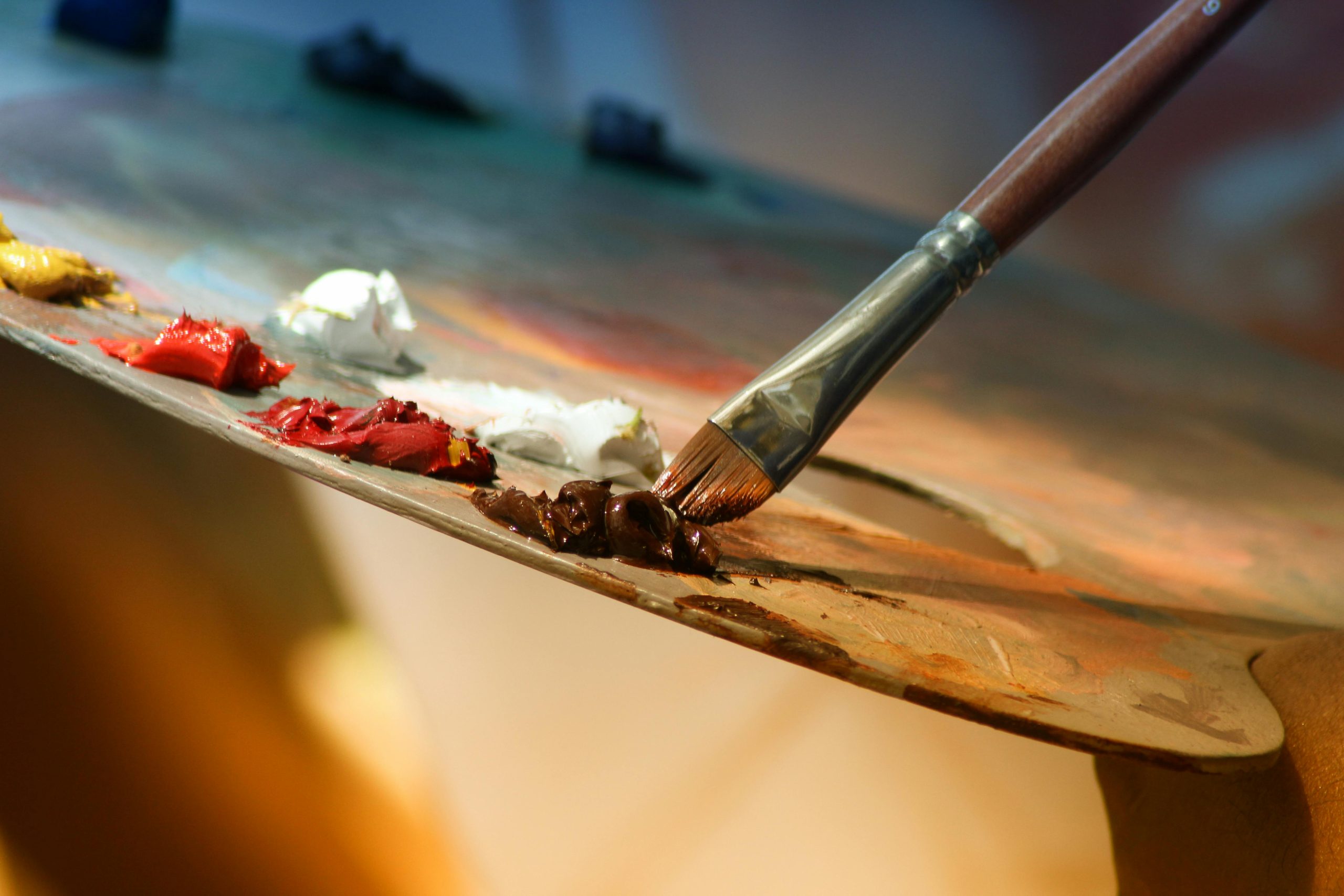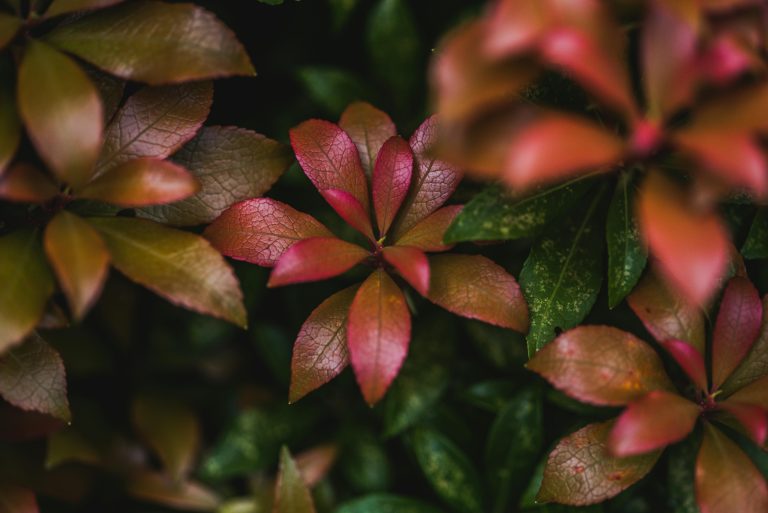The Psychology of Paint Mixing: Why Blending Colors Feels So Deeply Satisfying
Whether it’s watching a palette knife swirl through thick color or seeing liquid hues fold into one another, paint mixing has a hypnotic kind of beauty. But the appeal goes far beyond aesthetics—there’s real psychological comfort in the act of blending, smoothing, and creating new shades. It’s a form of visual therapy that speaks to something deeper in the brain.
A Moment of Flow in Every Swipe
Paint mixing naturally draws you into what psychologists call a flow state—a focused mental zone where you’re fully present in the task. Each swirl of the brush or knife becomes rhythmic, intentional, and immersive. Time slows down, distractions fade, and the mind quiets. That deep focus is what makes it feel so calming, even when you’re just watching it happen.
The Power of Color in Motion
Watching paint blend isn’t just visually pretty—it taps into how your brain responds to color and movement. Smooth, slow visuals activate the parasympathetic nervous system, which signals the body to relax. Colors themselves carry psychological weight too. Blues and greens calm. Pinks and purples comfort. Earth tones ground. As these colors move and melt together, they regulate your mood almost silently.
Predictable, But Never the Same
Every time you mix paint, you can predict the motion, but not the exact outcome. That balance of control and surprise is psychologically rewarding. Your brain enjoys knowing what to expect, but also loves the little dopamine hit that comes from unexpected beauty—like a shade you didn’t plan or a swirl that’s almost too perfect.
Tactile Satisfaction for Hands-On Calm
If you’re mixing paint in real life—not just watching it—there’s a powerful tactile component. The weight of the brush, the texture of the paint, the resistance of the surface—it all adds up to a full sensory experience. This can be especially soothing for people who struggle with anxiety, overstimulation, or emotional dysregulation. It’s creative grounding in action.
Why Watching Is Just as Calming
Even if you’re not the one mixing, watching paint videos can still activate your brain’s mirror neurons—cells that make it feel like you’re doing the action yourself. This is why you can feel calmer just by observing. It’s passive participation with real mental payoff.
Ways to Incorporate Paint Mixing Into Your Routine
- Watch paint mixing videos as part of your evening wind-down
- Use paint mixing as a creative warm-up before journaling or working
- Keep paint swatches or art tools on hand for short bursts of creative release
- Pair it with music or silence to amplify the calming effect
- Try digital paint mixing apps for a mess-free option
Final Thoughts
Paint mixing isn’t just beautiful—it’s brain-soothing. Each swirl slows the mind, each color shift eases tension, and each moment of blending reminds you that softness, patience, and creativity can coexist. It’s art. It’s science. It’s calm.
For more ways to slow down and reset, keep coming back to SootheSync






